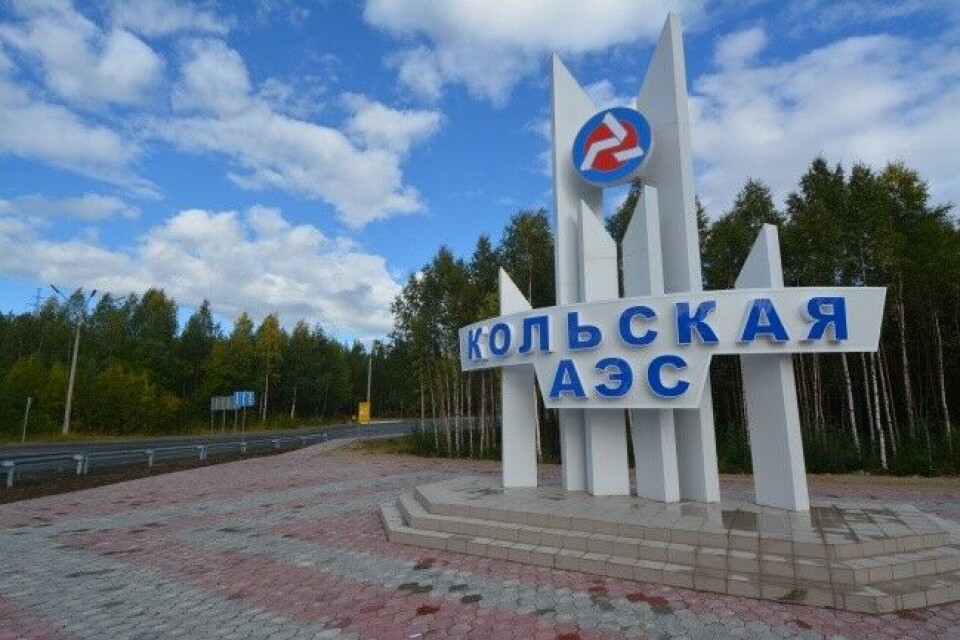
Kola NPP builds test facility for hydrogen
The nuclear power plant south of Murmansk is selected by Rosatom to be a pilot site for the creation of hydrogen production.
There are multiple reasons for utilizing electricity from the nuclear power plant in northwestern Russia to produce hydrogen, Rosatom argues: The calculated surplus of generated energy, the low cost of running the complex, and the availability of vital infrastructure and expertise in small-quantity hydrogen production in Kola.
According to Rosatom, “the project is currently in its preparatory stages”, however is already being pursued through concrete steps forward.
At first, a hydrogen production and conversion testing facility will be constructed and be put into operation by 2023.
The complex will initially hold 1 MW-capacity electrolysis plants. However, it is expected that the hydrogen production facility’s capacity will expand to 10 MW with time.
Vasily Omelchuk, director of Kola nuclear power plant (Kola NPP) elaborated that “in 2023, we must put into operation a complex with electrolysis plants with a capacity of 1MW, then it is planned to increase the capacity and productivity to 10 MW. If the technology works, then it will be reproduced throughout the Russian Federation.” He went on to add that there must be created “a system for handling hydrogen on an industrial scale” in which “receiving, compressing or liquefying and transporting,” the gas could occur.
In 2028, Rosatom plans to start construction of the second nuclear power plant at the Kola Peninsula, to be located a few kilometers from today’s site. Kola NPP-II will have two reactors, with the first unit is set to start production of electricity in 2034.
Built in the 1970s, Kola NPP became the first nuclear power plant with water-cooled reactors to be built in the Soviet Union north of the Arctic Circle. The power plant is a major source of energy as it provides stable power supply to the Murmansk region and the northern region of the Republic of Karelia.
The operating four reactors are granted license extensions until 2033, 2034, 2027, and 2029.
Rosatom has emphasized that the reason for the construction of two additional units is that when the four current units are retired, there will be a need the replace their capacity.
Vasily Omelchuk stated, “The service life of the current power units at the Kola NPP ends in 2033 and 2034, and today we are faced with the question of the need to replace the retired capacities”. Kola-II’s director went on to explain that “The decision to build the Kola-II NPP was made at the end of the last century, but was not implemented. However, a construction site was selected and preliminary surveys were carried out.”
The two new reactors at Kola NPP-II will be of the 600MWe VVER-type design, said to have spectral regulation alongside high safety indicators.
Replacing the retiring capacity at the existing power plant will promote both economic and social development in the region. Rosatom claims that it will also open for the potential of the implementation of new industrial projects, including additional investments.

















